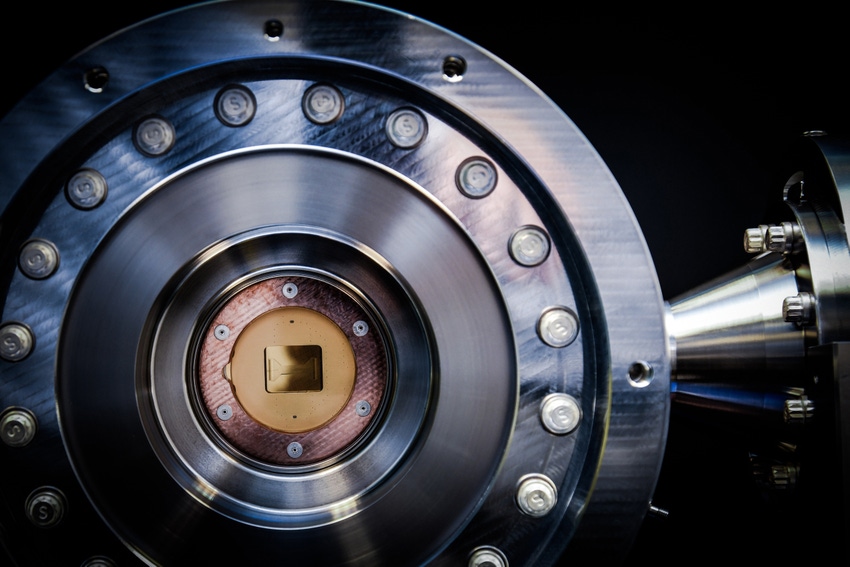
Connects decision-makers and solutions creators to what's next in quantum computing
Quantinuum’s InQuanto platform tackles sustainability, renewable problems

Quantinuum introduced its InQuanto software platform, last month, aiming to make it easier for computational chemists to experiment with a wide range of quantum algorithms on today’s quantum computers.
Here the company explains how it works and why it is important for many quantum computing use cases.
Quantinuum was founded from a merger between Honeywell Quantum Solutions and Cambridge Quantum, and chemistry problems have been a target use case from the earliest days of Cambridge Quantum. The company noticed over time that different customers were reusing a core set of algorithms and put these into a framework, which over time became InQuanto.
“This is a great example of how a good product is born, through the help of our customers, to help us figure out what's important,” says Quantinuum senior director of offering management Jenni Strabley.
“We worked on this with customer industries including pharmaceuticals, automotive and materials. Once InQuanto came together as a product, we did a beta test round with even a larger set of individuals including other industries and companies.”
InQuanto launched as a product outside of the R&D environment in May 2022 as a Python-based platform targeted toward quantum computational chemists.
“They don't have to be experts in quantum computing; far from it,” explains Quantinuum quantum chemistry product lead Simon McAdams.
“They can be experts in classical computing, and with InQuanto they can start to test the capabilities of today's quantum computers. This allows them to start to develop their real-world use cases in tandem with the evolving quantum hardware and quantum algorithms. With InQuanto, users can easily mix and match the latest quantum chemistry algorithms with different subroutines and noise-mitigation techniques and build out their own workflow that allows them to tackle these real-world use cases.”
One customer, BMW, is using InQuanto to simulate electrode reactions in hydrogen fuel cells to make them more efficient.
“A lot of the projects that we do are focussed on renewable energies or sustainability, and this is an example of one of those,” says Strabley. “We're specifically looking at catalysts for the oxygen reduction reaction, which could potentially lead to better catalysts. The project we are doing with BMW is looking at how you can use today's quantum computers to start to model that reaction, and, in the future potentially develop new catalysts.”
Another project with an oil and gas company looks at modelling the binding of CO2 to advanced absorbents made of metal-organic frameworks. The methods used involve large, complex systems that are too big to model using today's quantum devices.
“We can break them down into smaller pieces and run these individual pieces on the quantum computer and then stitch them back together to solve the system as a whole,” says McAdams.
“Applying these quantum algorithms, we managed to simulate CO2 binding to this metal-organic framework for the first time, and hopefully this one will lay the groundwork for future research into using quantum computers.”
Quantinuum is also working with Honeywell Performance Materials and Technologies to model refrigerants using quantum computers. Some refrigerants are CFC gases that damage the ozone layer or otherwise have high global warming potential. There is an ongoing need to develop new refrigerants that are more eco-friendly, cheaper and non-flammable while minimizing any trade-offs in these properties.
“It's very difficult to find a refrigerant with all these favourable properties,” says McAdams. “We’re working with Honeywell PMT to see whether we could use quantum computers to start to model these molecules.
“As a proof of concept, we chose to model methane gas, which has been used as a refrigerant in the past that is a greenhouse gas itself. We modelled the reaction of methane with a simple atmospheric radical you might find in the atmosphere for the first time using our H-Series quantum computer and the InQuanto platform.”
About the Author(s)
You May Also Like
.png?width=100&auto=webp&quality=80&disable=upscale)
.png?width=400&auto=webp&quality=80&disable=upscale)




